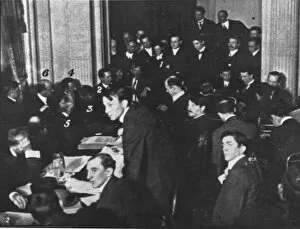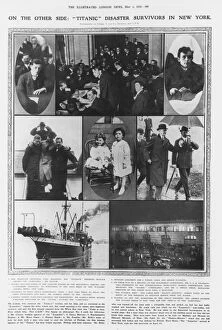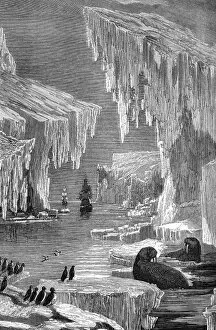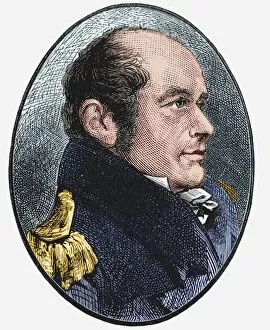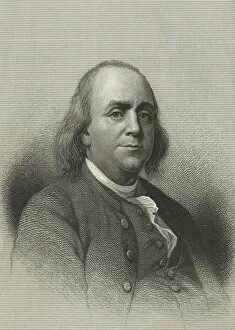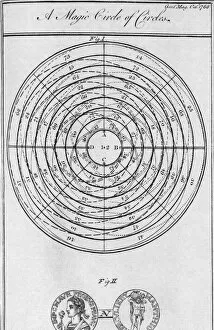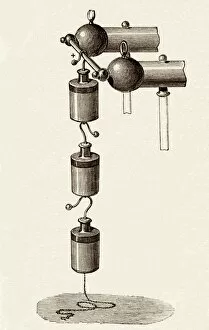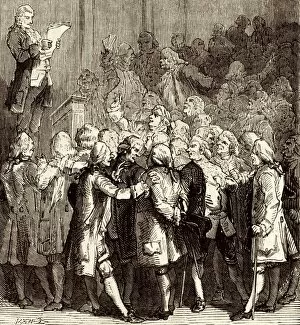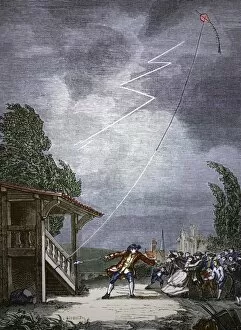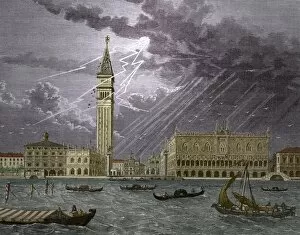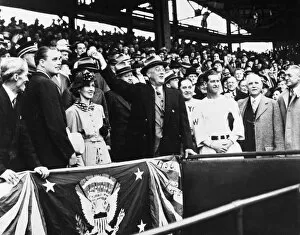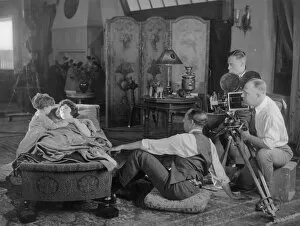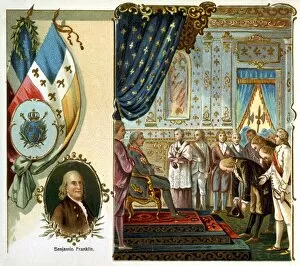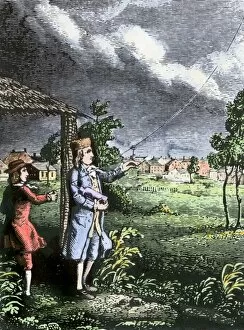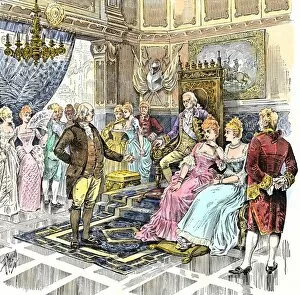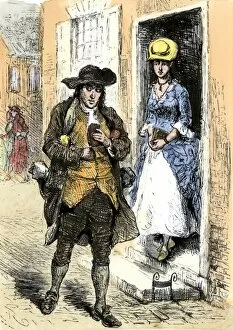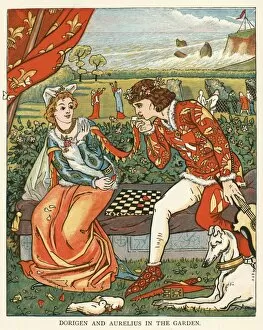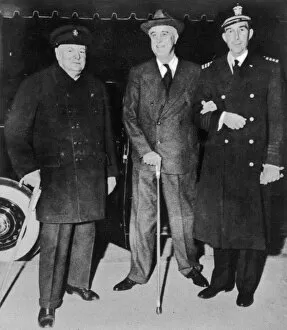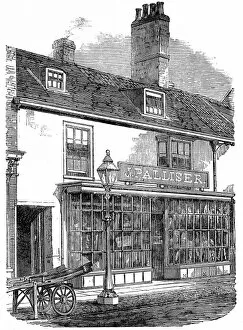Franklin Collection (#32)
"Franklin: A Journey of Discovery and Resilience" Embarking on the treacherous voyage in 1845
For sale as Licensed Images
Choose your image, Select your licence and Download the media
"Franklin: A Journey of Discovery and Resilience" Embarking on the treacherous voyage in 1845, the HMS Erebus and HMS Terror set sail under the command of Sir John Franklin. Little did they know that this would be their last trip, forever etching their names into history. While Rosalind Franklin's groundbreaking work in DNA structure may not directly relate to this tale, her spirit of exploration resonates with those who dare to venture into the unknown. Captain Francis Crozier led the crew aboard HMS Terror, facing unimaginable challenges as they navigated through icy waters. Their determination mirrored that of Eleanor Roosevelt, a woman who defied societal norms and championed human rights. In his writing, Franklin captured both beauty and hardship encountered during his journey. These words echoed throughout time, inspiring leaders like Fd Roosevelt and Ilz in 1932 to persevere amidst adversity. Just as The Enterprise and Investigator found themselves surrounded by ice in Barro Strait, Chaucer's Canterbury Pilgrims embarked on a road filled with trials but also camaraderie. Similarly, the Montgolfier balloon soared over Paris symbolizing humanity's desire for progress. Yet history is not without its conflicts - such as the Battle in 1864 - where bravery clashed against despair on Tennessee soil. It was during times like these when Churchill and Roosevelt stood side by side, united against common enemies. The name "Franklin" carries tales of courage, resilience, discovery; it embodies our relentless pursuit for knowledge while facing life's harshest realities head-on. From frozen seas to battlefields strewn with chaos or even scientific breakthroughs – let us remember that within every "Franklin, " there lies an untold story waiting to be unveiled.





